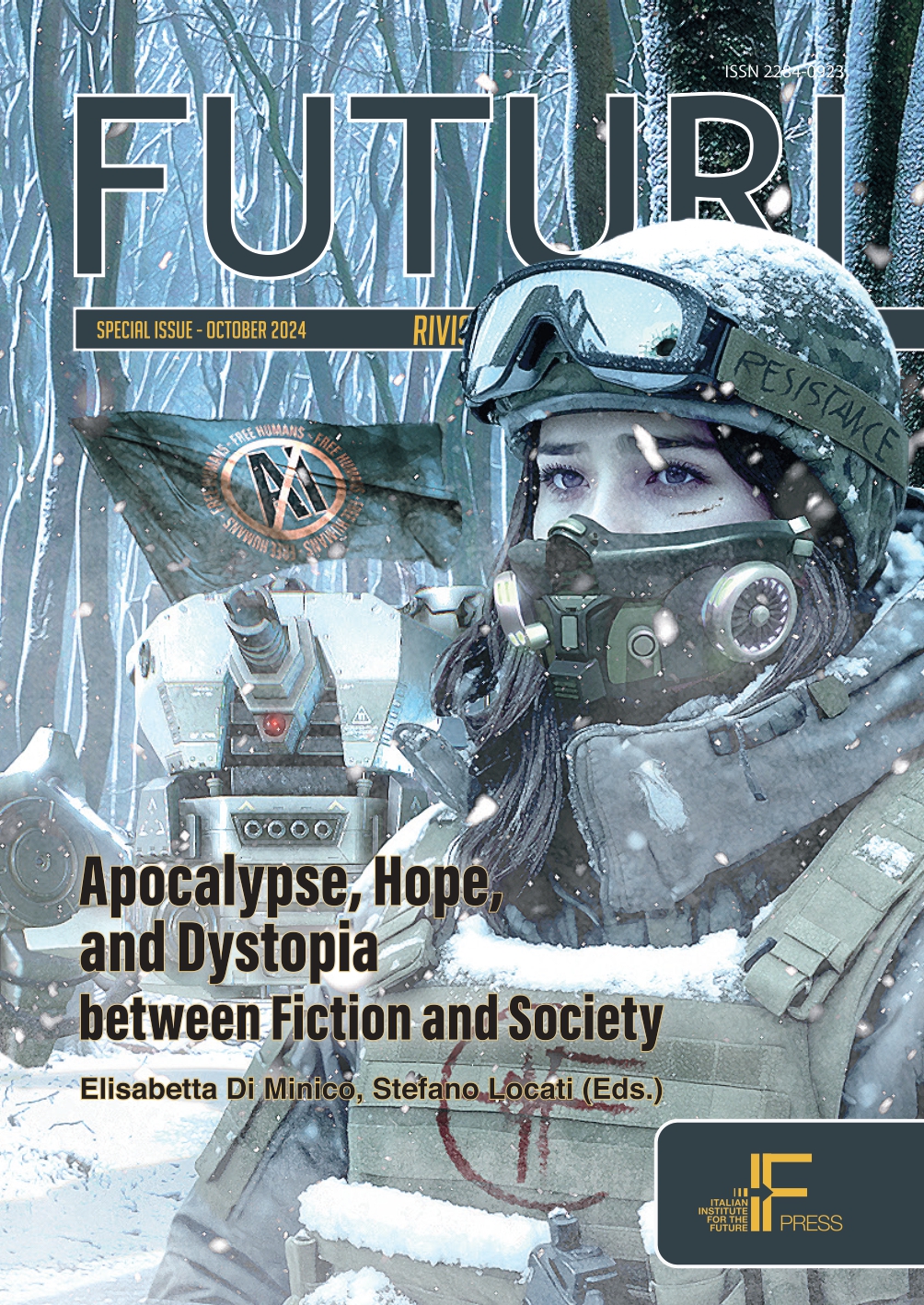When the Frame Becomes Hope: Lights, Shadows and Mirages in Dystopian Films in the Twenty-First Century

Published 14-02-2025
Keywords
- Dystopia,
- post-apocalyptic fiction,
- young adult,
- cultural studies,
- hegemony

This work is licensed under a Creative Commons Attribution-NonCommercial-NoDerivatives 4.0 International License.
Abstract
The boom experienced by dystopian cinema in recent years has given rise to the appearance of a new series of films whose content and theme seem to differ significantly from the classic films of the genre in the 20th century. This article seeks to analyze the factors that have contributed to offering us these new dystopias and to explain the reasons for this growing pessimism that characterizes these productions. However, not all current dystopian films follow the same paths. It is also possible to find other films, possibly less popular and successful, whose future scenario does not translate into such negative or hopeless visions. Their proposals, on the contrary, invite a more optimistic vision, based on everyday experience and mutual human support. Through the analysis of some films linked to these two lines of reading, the article seeks to offer a more complex and realistic view of the current dystopian panorama, far from the dominant catastrophism. In this sense, the work starts from the premise that these cinematographic narratives contain great value because they contain ideas and ideals about the world and our place in it, ideas that are by no means neutral, as they have great ideological implications with a high degree in our attitudes and our ways of seeing and perceiving the world.
